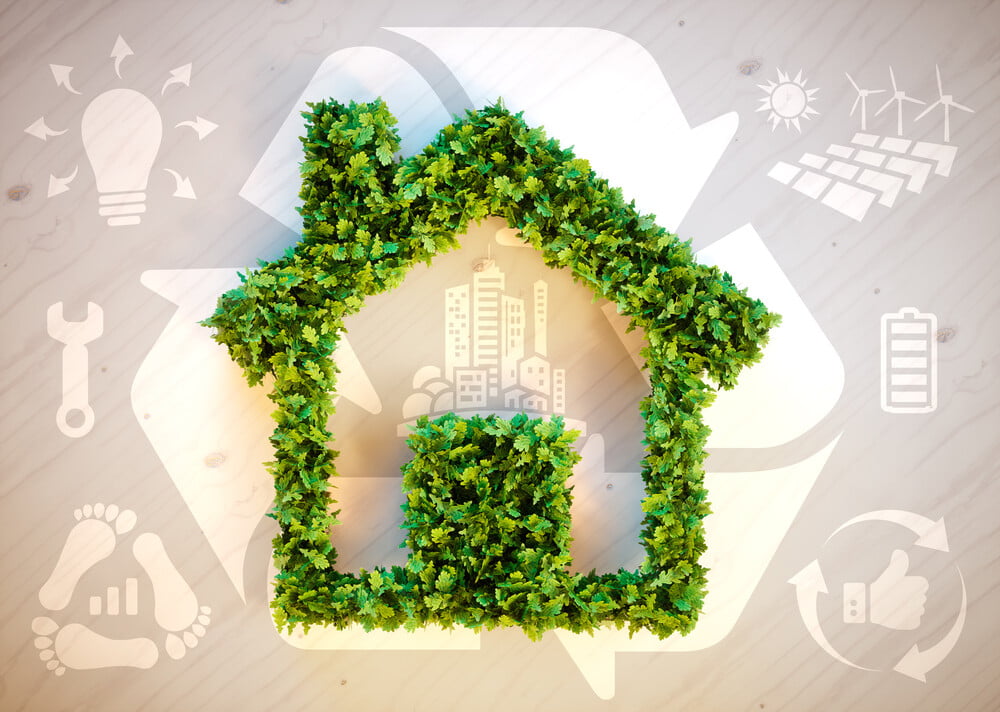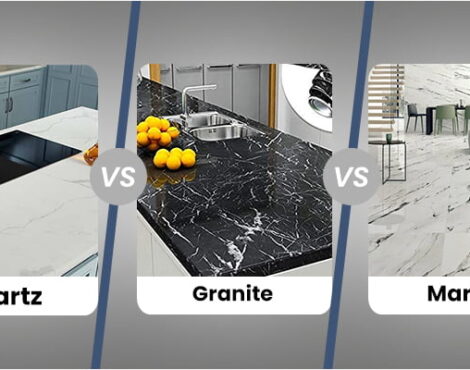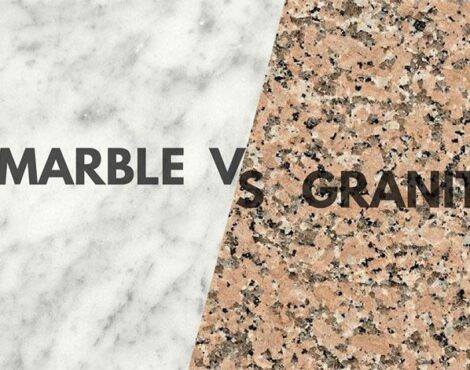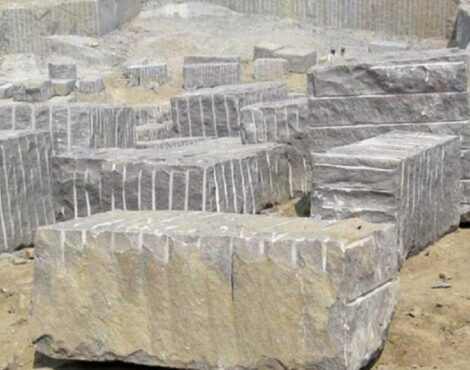Natural stones stands out as a premier environmentally conscious green building material, originating from the Earth itself. Granite is one such type of stone that is found in nature. Unlike many engineered products bound by petroleum-based resins or mass-produced in factories by consuming huge amount of energy, granite flooring and countertops boast enduring qualities, eliminating the necessity for frequent replacements. Their 100% recyclability underscores their eco-friendly nature, while the absence of volatile organic compound emissions makes them a cleaner option for indoor application. Additionally, their maintenance requires nothing more than a gentle cleanse with pH-neutral dish detergent.
Keep reading to learn more about the how we follow sustainable business practices and gain insights into incorporating granite to bolster the eco-friendly design of your building project. Extensive research supports the recognition of granite as a sustainable building material within the green building community. Granite is a superior material for your project due to its exceptional durability, lack of replacement requirement, and ease of care and maintenance, despite the fact that other building materials often claim to be environmentally friendly.
What is Green Building Material?
Green building material, also known as eco-friendly or sustainable building material, is a construction product or substance chosen for its environmental benefits. Building with green materials reduces the environmental impact of development and operation. These materials are chosen for resource efficiency, energy efficiency, decreased emissions, and indoor air quality.

Green building materials offer a range of advantages that contribute to sustainability, energy efficiency, and overall environmental responsibility. Here are some key advantages:
Resource Efficiency: Green building materials often come from renewable or rapidly renewable resources, reducing the strain on finite resources. Additionally, materials with recycled content contribute to waste reduction.
Energy Efficiency: Many green building materials are designed to enhance energy efficiency in buildings. This can include improved insulation, energy-efficient windows, and materials that contribute to better thermal performance.
Reduced Environmental Impact: Green materials are often manufactured using processes that minimize environmental impact, with a focus on lower emissions, reduced water usage, and fewer pollutants.
Improved Indoor Air Quality: Green building materials are typically low in volatile organic compounds (VOCs) and other harmful chemicals. This contributes to better indoor air quality, creating healthier living and working environments.
Durability and Longevity: Green materials are often chosen for their durability and longevity. This reduces the need for frequent replacements and repairs, lowering the overall environmental impact over the life of a building.
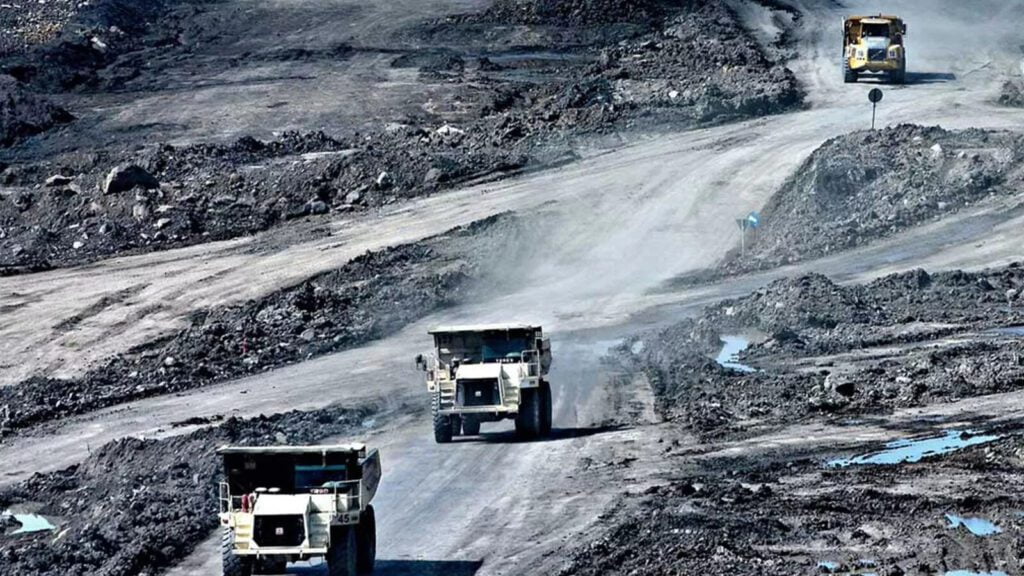
How Is Granite A Green Building Material?
Granite stands out as a green building material owing to its natural origins and inherent qualities. It is essential, in order to obtain a thorough comprehension of the environmental ramifications associated with granite utilised in construction, to trace its initial origin from the Earth to the building site. This procedure illuminates the environmental impacts and underscores the industry’s progress towards increased accountability.
The Life Cycle of Granite As A Green Building Material
Extraction
Granite extraction involves quarrying, which can cause problems by disturbing the local environment. But nowadays, extraction methods are designed to be sustainable. We focus on reducing waste and restoring quarry sites to minimise harm to the environment.
Processing and Manufacturing of Granite
After it is taken out, granite goes through a process where it is cut, polished, and shaped. Companies in the industry are taking steps to be more environmentally friendly by using recycled water and energy-efficient machinery.
Making Transportation and Distribution More Environmentally Friendly
Moving granite from quarries to markets covers long distances, which adds to its carbon footprint. To fix this problem, companies are setting up near to the quarry and are making transport routes better, using better packaging, and using cleaner fuels for shipping.
Installation
The installation phase involves skilled labor and machinery. Sustainable installation practices focus on minimizing waste, optimizing material use, and adopting energy-efficient construction methods.
Use and Maintenance
Throughout its lifespan in a building, granite’s durability minimizes the need for repairs or replacements. Using the material efficiently and maintaining it with eco-friendly practices, such as cleaning with mild detergents, further contributes to sustainability.
End of Life
When a building reaches the end of its life, the fate of the granite comes into play. Reusing or repurposing granite in new construction projects or salvaging it for other applications can extend its lifecycle and reduce waste.
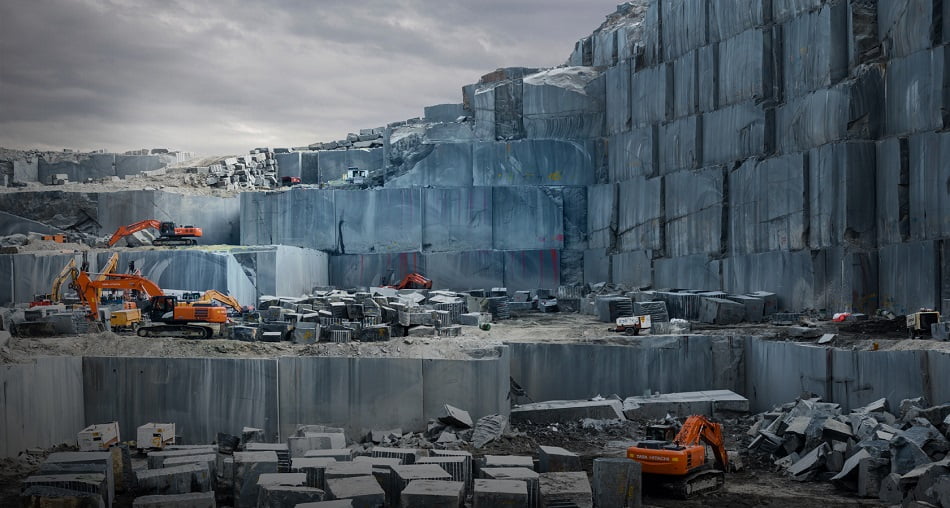
Granite Sustainability: Tackling Environmental Concerns in Green Building Practices
Granite, while a natural stone and a durable material, does pose challenges related to sustainability, particularly when considering the finite nature of the resources involved in its production.
Finite Resource Concerns:
Granite is a natural resource, and its extraction involves removing it from quarries. Some types of granite are finite resources, meaning they are not inexhaustible. Over-extraction can lead to habitat disruption, landscape alteration, and depletion of specific granite deposits.
Strategic measures and government policies have successfully balanced granite extraction, addressing its finite nature. Sourced from quarries, specific types of granite, once deemed nonrenewable, are now sustainably managed. Over-extraction concerns, including habitat disruption and landscape alteration, have been mitigated through responsible quarrying practices. Selective extraction methods, resource management plans, and rehabilitation initiatives have preserved specific granite deposits.
Energy Consumption:
Addressing the energy consumption concern in granite production involves implementing sustainable practices. Modern technological extraction methods, renewable energy sources, and technological advancements in processing contribute to reducing the overall energy footprint.
Comparatively, alternatives like vitrified tiles and quartz often involve energy-intensive manufacturing processes. Vitrified tiles require high-temperature firing, consuming significant energy, while the production of quartz involves intense processing and resin bonding. Granite’s lower energy consumption, especially with sustainable practices, positions it as a more environmentally friendly choice when considering the entire production cycle. Sustainable sourcing and processing practices in the granite industry underscore its potential to be a relatively energy-efficient option compared to certain alternatives.
Recycling and Reuse:
While granite itself is not recyclable, efforts can be made to salvage and reuse granite from demolished structures. This extends its lifecycle and reduces the demand for new extraction. Additionally, crushed granite can be used as an aggregate in construction, reducing waste.
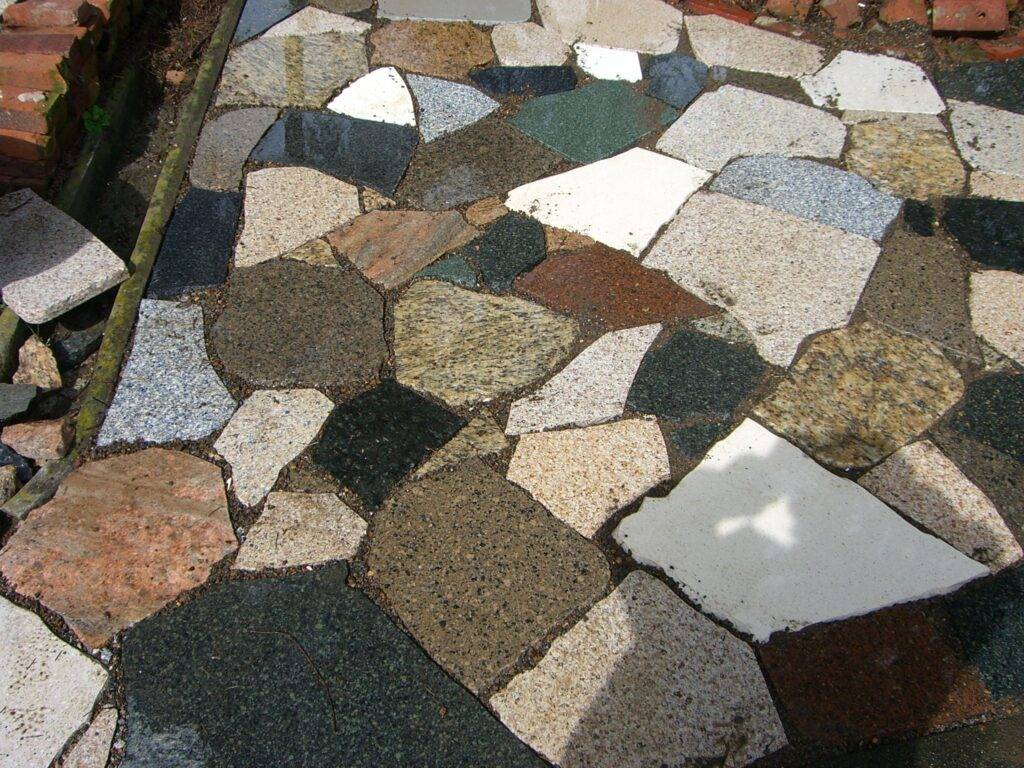
What Are The Alternative Natural Green Building Materials?
Several natural green building material alternatives to granite offer sustainability and environmental benefits. Here are some options:
Bamboo:
- Origin: A fast-growing grass.
- Sustainability: Rapid growth, renewability, and versatility make bamboo a sustainable choice for flooring, furniture, and countertops.
Cork:
- Origin: Harvested from the bark of cork oak trees.
- Sustainability: Cork is a renewable resource, and its harvesting process does not harm the tree.
Reclaimed Wood:
- Origin: Salvaged from old buildings or structures.
- Sustainability: Reclaimed wood reduces the demand for new timber and adds character to architectural elements.
Terrazzo:
- Origin: A composite material made of chips of marble, granite, quartz, or glass set in concrete or resin.
- Sustainability: By using recycled materials, terrazzo can be an eco-friendly flooring option.
Adobe:
- Origin: A building material made from sand, clay, water, and organic materials.
- Sustainability: Adobe is energy-efficient, and its components are readily available in many regions.
These natural alternatives offer a range of aesthetics, durability, and sustainability attributes. When selecting materials, consider factors such as local availability, embodied energy, and any relevant certifications to ensure they align with your project’s green building goals.

Conclusion
In conclusion, the sustainability of granite is a nuanced consideration. While it is a natural and durable material, responsible sourcing, quarrying practices, and energy-efficient processing are crucial factors. Engaging in sustainable initiatives and choosing granite from certified, eco-conscious suppliers can enhance its environmental profile. The journey towards granite sustainability involves a holistic approach, balancing the material’s inherent qualities with ethical and environmentally friendly practices throughout its lifecycle.
Stone Galleria
We offer more than just materials – we provide a partnership founded on reliability and responsiveness. Stone Galleria recognizes the distinctive requirements of commercial enterprises and is committed to delivering dependable and cost-effective supply chain management.
As a leading manufacturer, supplier, and exporter of Granite, Sandstone, and Quartzite, we tailor our products to your specifications, including dimensions, thickness, and various finishes.
Embark on the journey to enhance your operations by requesting a free quote today. Complete our inquiry form, and we will promptly respond to your needs.
Knowledgeable – Reliable – Responsive

